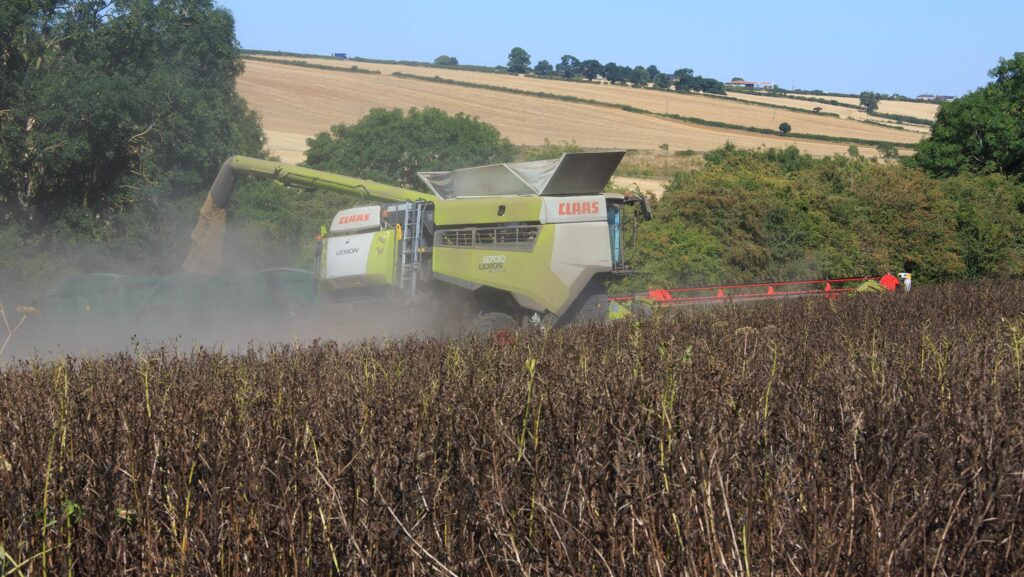Field beans area falls by 37% as break crop replaced by SFI
 © Tim Scrivener
© Tim Scrivener Land use for field beans in England was at its lowest levels for 10 years during 2024 at 131,700ha, following a tough planting period and more competition from Sustainable Farming Incentive (SFI) options.
Defra figures showed the total area used to grow field beans declined by more than one-third in 2024, compared to year-earlier levels.
However, estimates by Frontier suggested the overall area could be slightly higher at about 165,000ha for winter and spring beans.
See also: Feed wheat extends premium to £31/t over feed barley
Better yields at harvest may have helped to make up for some of the loss in area.
However, forecasts by the Processors and Growers Research Organisation (PGRO) indicate the crop could still be considerably down at close to 500,000t, well below expectations of 620,000t.
Despite the reduction in area, values have remained roughly in line with last year.
Prices collected by Farmers Weekly put ex-farm feed beans at £218/t on 25 October, up by just £2/t on the same week last year.
Traders at Frontier Agriculture say demand is strong for feed beans in forward markets but export trade remains subdued.
PGRO chief executive Roger Vickers said: “After a difficult year and harvest, it’s no surprise that many farmers have turned to the SFI.
“Farmers need to do what’s best for their business.
“We agree that they should be paid for providing positive environmental outcomes.
“However, we remain worried that farmers might overlook the important role pulses can play on their farms.
“We would urge them to make sure they’re fully aware of the impact some SFI options can have on their future rotation.”
Mr Vickers added: “It is hard to find another group of crops that offer more positive potential for environmental good and long-term sustainability via increased production than legumes.
“Pulses provide nitrogen, and improve soil fertility for the following crops.
“They have a favourable environmental profile and growing more of them is seen as having huge potential to help reduce carbon emissions from the UK agricultural sector.”
Meanwhile, land use for peas for harvesting and drying increased by 46% in 2024 to 87,900ha.
Feed peas were trading at £245/t on 25 October, up by £15/t on the same week last year, while micronising peas averaged £334/t.
